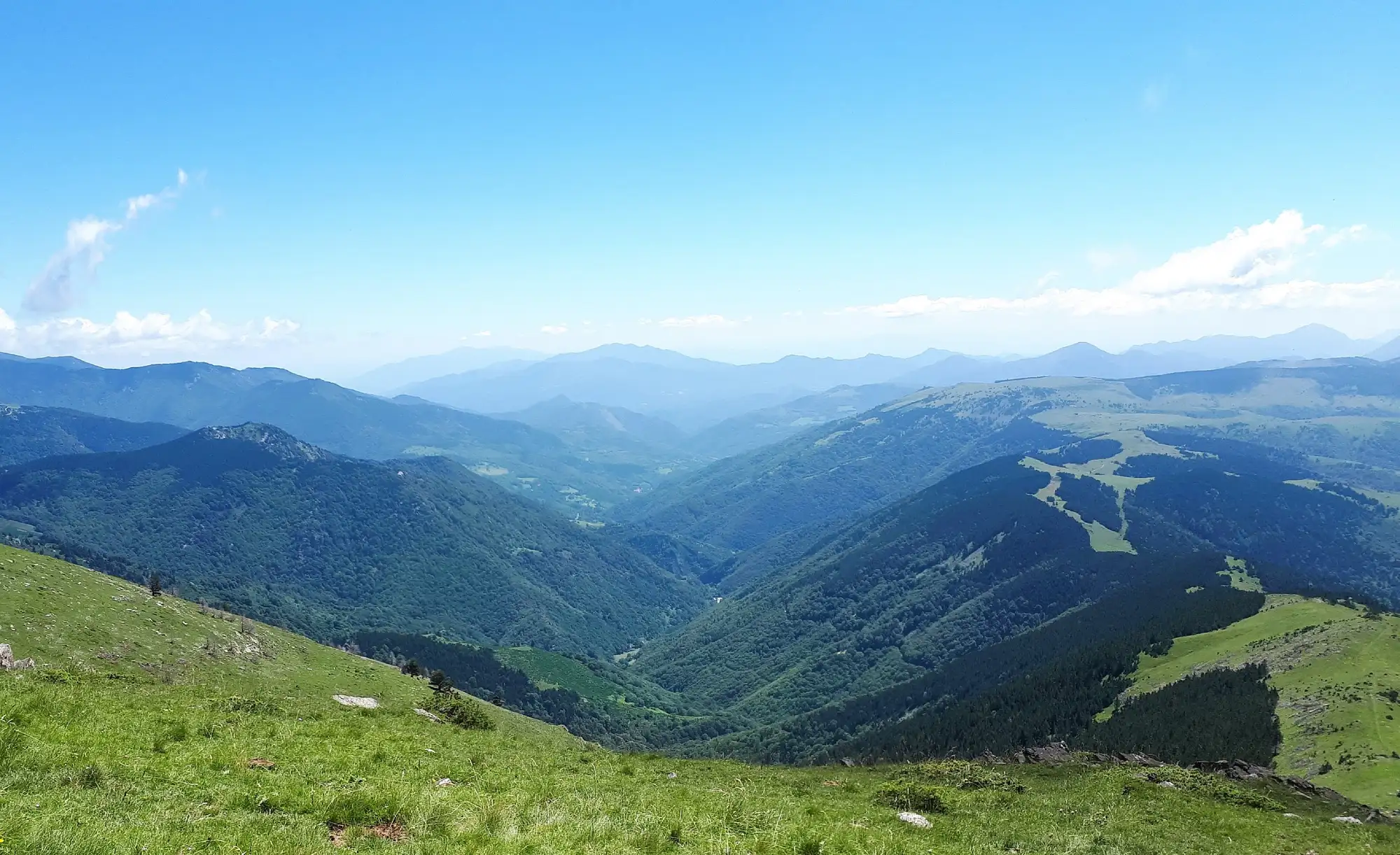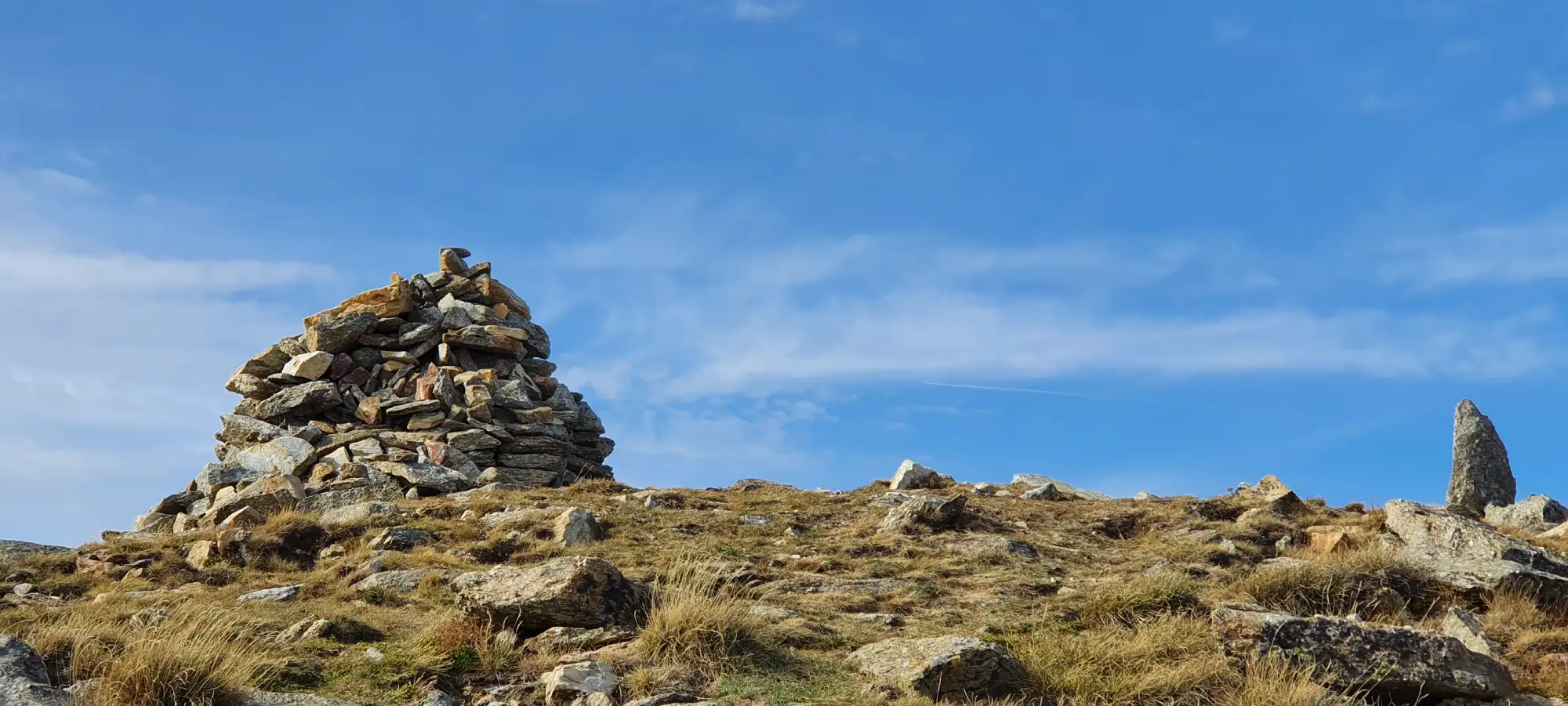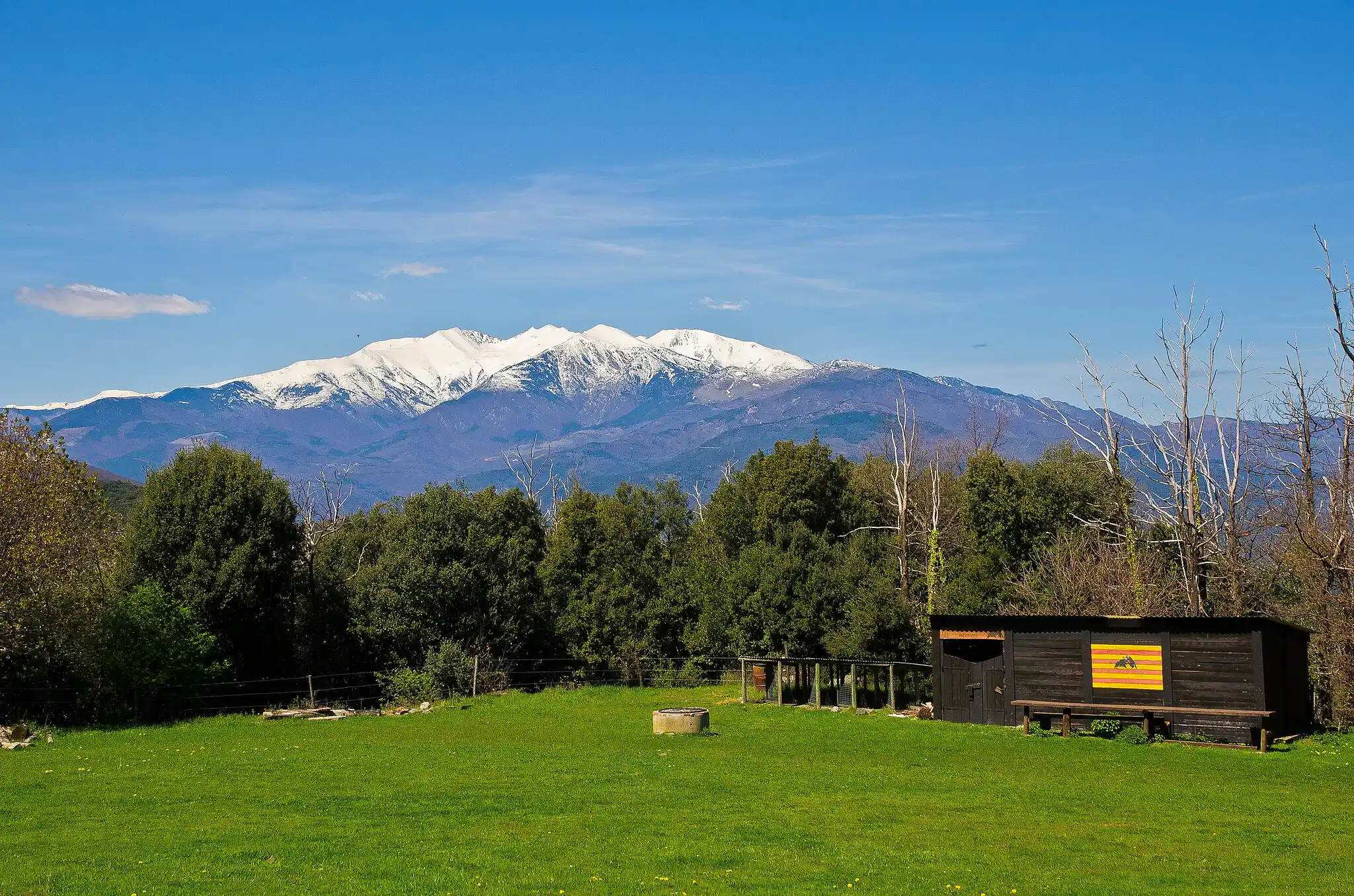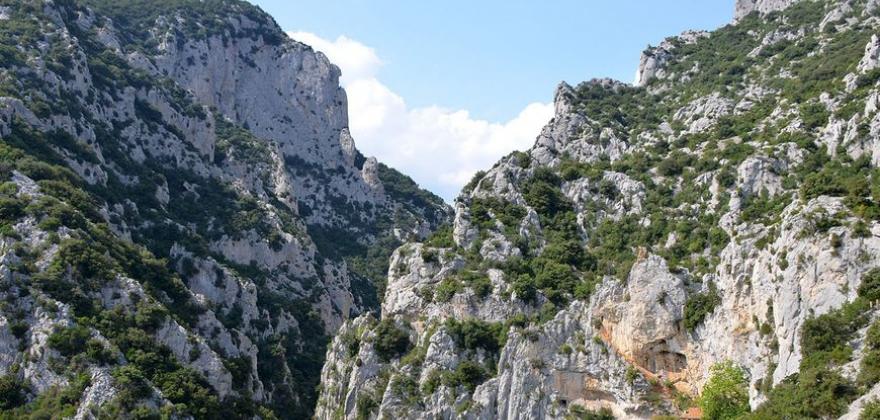Vallespir
Experience nature at its best during your stay at the Bois Fleuri campsite in Argelès and discover the contrasting landscapes of Vallespir in the Languedoc-Roussillon region of the Catalan Pyrenees: from steep forests to hills planted with orchards, the Vallespir region can be discovered through nature activities. It also boasts a rich cultural heritage, typically Catalan. Rent a mobile home or chalet at Le Bois Fleuri for your camping vacation in Argelès sur mer on the Côte Vermeille and explore the riches of the Pyrénées-Orientales department by the Mediterranean Sea!

What is Vallespir?
A former viscounty attached to the kingdom of France by the Treaty of the Pyrenees in the 17ᵉ century, Vallespir is a natural region that follows the Têt valley from its source to the commune of Céret. South of the Canigou, Vallespir links the high Pyrenean mountains to the low plains of Roussillon. Bordering on Spain, Vallespir is home to mainland France’s southernmost commune, Lamanère. Until the beginning of the 20ᵉ century, the region was prosperous thanks to its iron mines and forges: an activity that had endured since antiquity. The verdant Vallespir valley is dominated by cork oak, cherry, chestnut and mimosa trees, depending on the relief. Its landscape is made up of steep gorges and valleys.
A land of legends and mysteries, Vallespir is home to many folk tales, such as the Devil’s Bridge in Céret, the Holy Grave in Arles-sur-Tech, and the caves where the Trabucaires attacked stagecoach passengers in the 19thᵉ century. Traditions and know-how are emblematic of Vallespir. These include the cork-making trade, thanks to the exploitation of cork, but also the cherry harvest: the earliest in France, Vallespir cherries are picked as early as April. In May, Céret organizes an annual festival in honor of the cherry, punctuated by numerous traditions such as stone-spitting, hand-stoning and clafouti competitions. Other festivities mark the year in Vallespir: the Bear Festival, celebrated in Arles-sur-Tech, but also in Saint-Laurent-de-Cerdans and Prats-de-Mollo-la-Preste, is one of the most picturesque.
At the gateway to the Vallespir region, Céret is an inspiring destination whose sublime setting and unique luminosity have seduced numerous artists. The town’s modern art museum exhibits works by Chagall, Picasso, Matisse and Soutine, all renowned artists who have depicted the Vallespir landscape. This exceptional natural setting is also home to a number of architectural treasures, including remarkable religious buildings such as the church of Sainte-Marie in Montferrer, the chapel of Saint-Ferréol in Céret, and the oldest Carolingian abbey in the Catalan region at Arles-sur-Tech. More recently, the spa architecture of the resorts of Amélie-les-Bains and Le Boulou embodies all the elegance of the Belle-Époque. A land of Art and History, Vallespir is a land of many treasures to discover.
What to see and do in the Vallespir valley?
5 must-sees to embrace the diversity and richness of Vallespir’s heritage:
- Céret: its typically Catalan identity, its pretty squares and cobbled streets, its modern art museum, its férias and its emblematic cherry festival! Céret is a charming little town with much to offer visitors: its picturesque atmosphere, but also its heritage, such as the hermitage of Saint-Ferréol, the fountain of the nine jets, the mysterious Devil’s Bridge, shrouded in legend, and the Fontfrède site, a veritable balcony overlooking the Roussillon.
- Amélie-les-Bains: a renowned spa town, it is home to an establishment specializing in rheumatological and respiratory ailments, as well as wellness facilities. A complete leisure destination, Amélie-les-Bains also boasts a casino, Nordic walking station, 7-hole golf course and equestrian center. Its cultural heritage includes several remarkable religious buildings, the castle and towers of Palada, the remains of Mondony castle, and the charming museum of the Palada Post Office.
- Arles-sur-Tech and La Sainte Tombe: a charming village built around a magnificent Benedictine abbey. Its territory is home to the exceptional site of the La Fou gorges, which can be visited thanks to a series of footbridges. Sainte-Marie Abbey is famous for its so-called miraculous recumbent statue, whose porous marble sarcophagus secretes water a few days after each rainfall.
- Prats-de-Mollo-la-Preste: a picturesque town at an altitude of almost 800 meters, Prats still boasts a thousand-year-old architectural heritage, with ramparts and gates, steep streets and a magnificent fortified church. The traditional Bear Festival carnival is a highlight not to be missed, commemorating, as in other villages, an old Vallespir legend. Just a few kilometers away, the La Preste thermal spa offers top-quality wellness and relaxation.
Maureillas-las-Illas: just thirty kilometers from Perpignan, Maureillas is best known for its cork museum, which pays tribute to the cork-making trade, an ancestral skill in the Vallespir region. The secrets of cork exploitation are explained, as well as the different uses of the material and the more general history of the trade in Catalan country.



